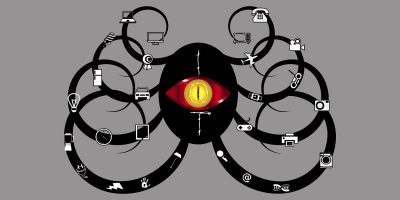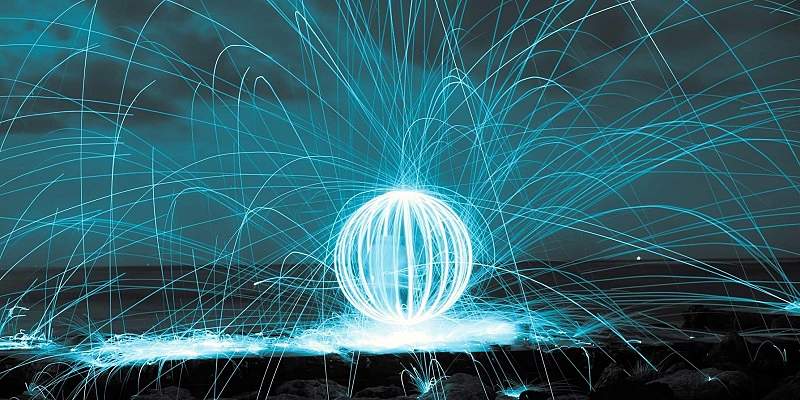
In the near future the Internet of Things (IoT) will become an indispensable part of our daily lives. In fact, the term “connected objects” is thrown around so much nowadays that it’s become a cliché – there are more connected devices on the planet than human beings. According to industry sources, there are between 1500 to 5000 “potentially trackable things” around each one of us. Multiply that by the future population on earth, and in the next few decades we will stare at nearly 50 trillion IoT objects.
Apart from these mind-boggling numbers, there is so much to learn about IoT online that it can easily overwhelm us. Blame it on a highly fragmented development and the absence of clear, universal standards. However, we can still try to figure out IoT in very simple terms as “a natural extension of the Internet to everyday objects.” To help these objects connect online, there is a need for “enablers” such as embedded chips, sensors, APIs and a connecting protocol (Bluetooth, Wi-Fi, Thread, etc.)
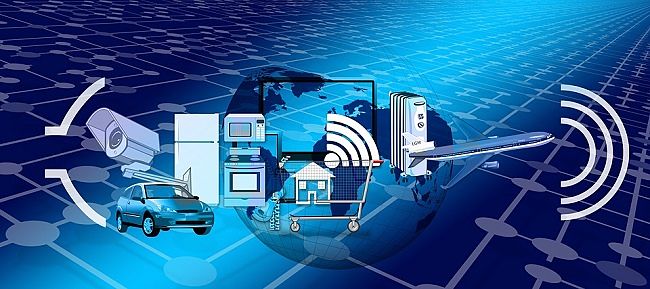
Examples of IoT Applications
From tiny bumblebees to 900-square-feet smart homes, IoT today encompasses a crazy variety of everyday objects. Its applications lie in diverse fields including healthcare, intelligent transportation, avionics, electronic appliances and industrial automation. As a macro application, smart cities are emerging as key focus areas of governments worldwide. From a consumer perspective, IoT’s presence is common in wearables, smart speakers and consumer appliances.
The following are simple, everyday IoT applications that are quite popular right now.
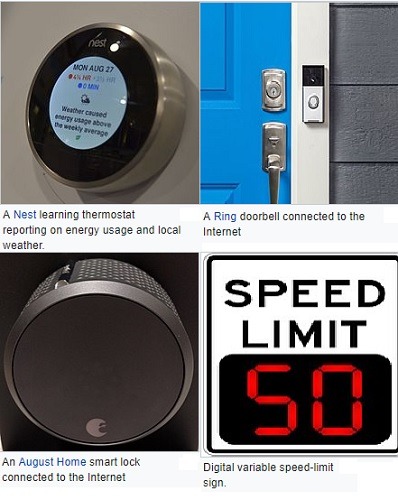
Examples of advanced IoT applications include groceries riding on autonomous cars and the fourth wave of industrial revolution called Industry 4.0. In this, the production methods not only use computers and automation but also cyber physical systems, e.g. smart grids and autonomous vehicles.
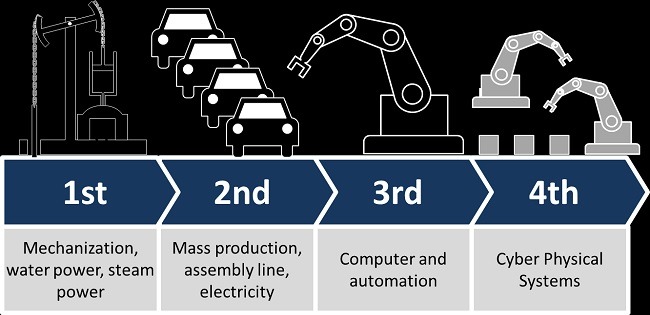
Why Is IoT Important?
You might wonder why IoT is shaking things up all of a sudden. To understand the implications of an IoT-centric future, here is a helpful analogy that should cut close. Imagine “teleporting” yourself into a futuristic video game, say Cyberpunk 2077. As you walk through the unfamiliar maze, other players and non-player characters blare out information about what you’re seeing. A friendly voice assistant guides you after each move. No more worrying yourself to bits. Basically, someone is always there to warn you each time you run into danger and even rescue you so that you can start the game all over again.
Make a list of all the problems in your life, and think of outsourcing it to the machines. Of course, the end result is far less uncertainty and more freedom. Evidently, the Internet of Things has the potential to make our lives perfect in ways we cannot even imagine right now (maybe hardcore gamers can).
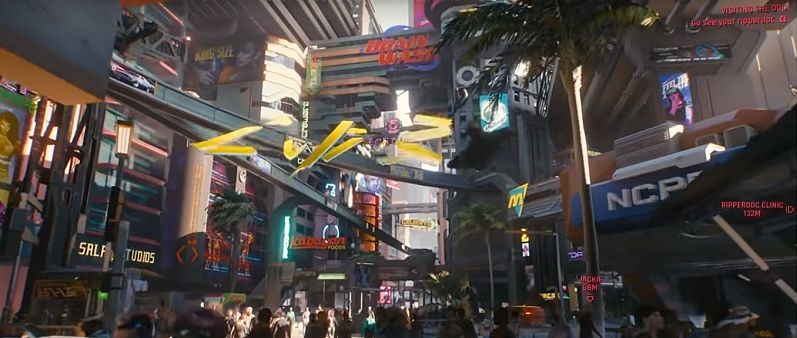
Here is a good example of such a video game-centric future. In smart traffic systems, a head-on collision can be prevented by collecting the driver data for two vehicles running into each other. This is further used, for example, to send emergency alerts to the drivers on their vehicle displays using on-board sensors. Also, in-vehicle sensors can apply brakes and divert the lucky driver to a hard shoulder. Once the “incident” is over, the drivers should stay safe from prosecution. It is possible with “self-destructing data” which vanishes on its own.
Conclusion
Currently, it is fair to say that we are just in the first stage of IoT acceptance with so many smart devices all around us. A truly IoT-centric future would allow mainstream intelligent systems to securely run billions of devices without human interference.
It is difficult to predict how many more years will it take for us to get to that stage. As it stands, most connected applications are in a sort of “learner’s mode” and constantly adapting to user stimuli. Future advances in IoT will depend on growth in related areas including Big Data, Predictive Analytics and Machine Learning.
How do you view the growth of IoT in the future and its impact on your own life? Do let us know in the comments.










